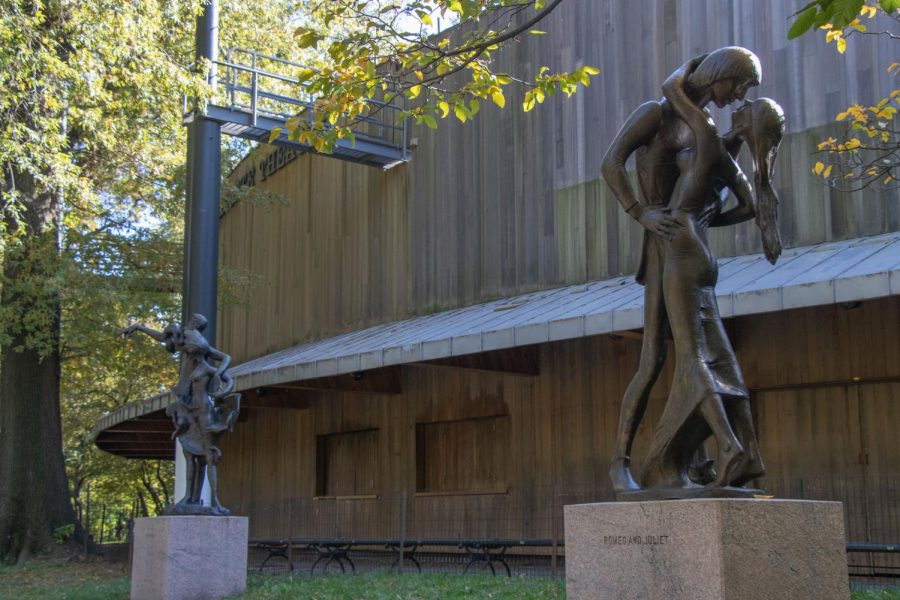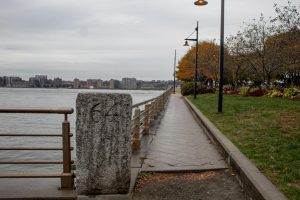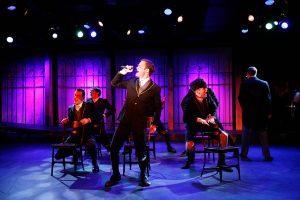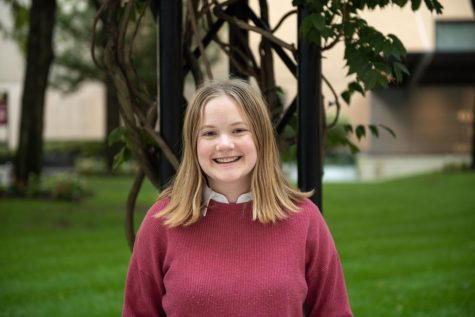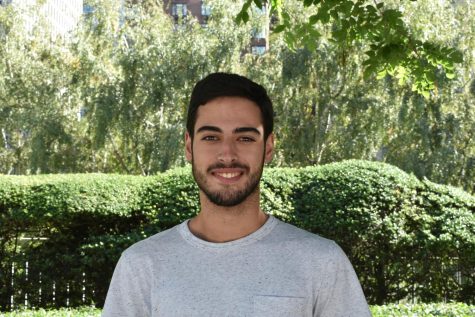Shakespeare in the Park: Over 60 Years of Free Theater
How a program to make theater more accessible has brought audiences around the world to Central Park’s Delacorte Theater
5 million people have come to Central Park’s Delacorte Theaterto see productions like “Romeo and Juliet” or “Macbeth” through Shakespeare in the Park.
October 27, 2022
Since 1962, Central Park has hosted over 5 million audience members to see more than 150 Shakespearean productions — all for free.
Shakespeare in the Park began in 1954, but it didn’t start in the park. Originally named New York Shakespeare Festival by its founder Joseph Papp, the program began with Shakespeare workshops on the Lower East Side and eventually also included free shows. These workshops led to Papp’s founding of what is now known as the Public Theater, which is the company that manages all Shakespeare in the Park programs. His motivation in creating the program was to make theater more accessible, a goal that remains from its inception.
Once the program gained traction, it moved to the lawn of Turtle Pond in Central Park. However, then-Parks Commissioner Robert Moses demanded that Papp charge a fee for the plays to combat the cost of “grass erosion.” Papp strongly opposed this idea, as the entire purpose of Shakespeare in the Park was its free admission.
Papp and Moses fought back and forth — Papp even sent Moses bags of grass seeds in protest — until finally the city’s Board of Estimate allocated funds to construct an amphitheater in the park.
In 1961, the Delacorte Theater was constructed in the southwest corner of the Great Lawn, near 81st Street and Central Park West. With 1,872 seats, the theater sits right in front of Belvedere Castle and Turtle Pond to provide a medieval-esque landscape for the audience.
The first performance at the Delacorte Theater took place the following year with “The Merchant of Venice” starring George C. Scott and James Earl Jones.
Over the years, Shakespeare in the Park has featured other big-name actors: Meryl Streep, Morgan Freeman, Martin Sheen and Al Pacino — to name a few.
People wait in line at Delacorte Theater to get tickets for that day’s performance starting as early as the park opens at 6 a.m.
The theater hosts between one and three productions per summer, but in recent years, they have put on two shows each summer — and not all of them have been written by Shakespeare. About 20 of the 150 productions have been by other playwrights such as Anton Chekhov, Bertolt Brecht and Henrik Ibsen.
In 2020, Shakespeare in the Park canceled both of its productions due to COVID-19, but the two shows were rescheduled for the 2022 season. In 2021, Shakespeare in the Park returned but with only 500 audience members at each show rather than the usual 1,800. They also produced only one show rather than the usual two per summer.
This past summer, Shakespeare in the Park featured “Richard III” and “As You Like It,” the two shows that were originally scheduled for the 2020 season. The shows featured famous Broadway actors such as Danai Gurira, Robert O’Hara, Michael Potts and Ali Stroker.
Compared to when the program first began, there are many more ways to get tickets for Shakespeare in the Park. People wait in line at Delacorte Theater to get tickets for that day’s performance starting as early as the park opens at 6 a.m. At noon, the box office starts distributing tickets, up to two per person in line.
For people downtown, the Public Theater at 425 Lafayette St. holds an in-person lottery for a limited amount of vouchers that can be used to see that evening’s performance.
The most recent development in getting tickets is the Public’s partnership with TodayTix. Users of the app can apply for a daily virtual lottery to see the show, and they find out if they win between 12 and 2:30 p.m.
No matter where attendees get their tickets, they will get to experience the magic of free and accessible theater in Manhattan’s largest public park. The Delacorte Theater and Shakespeare in the Park have been an integral part of Central Park and New York City for over 60 years — here’s to 60 more.

